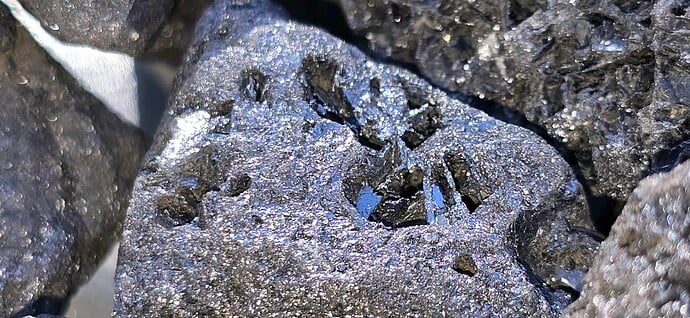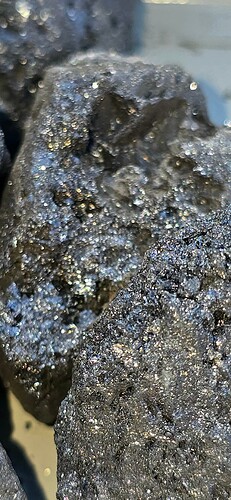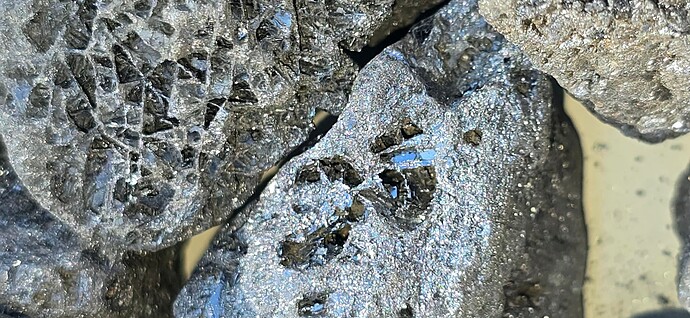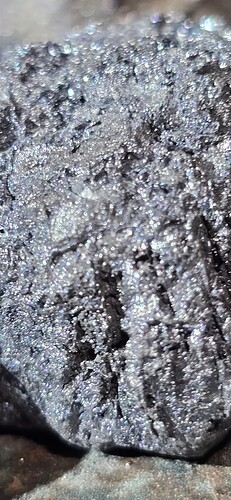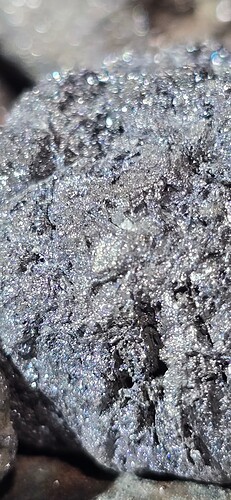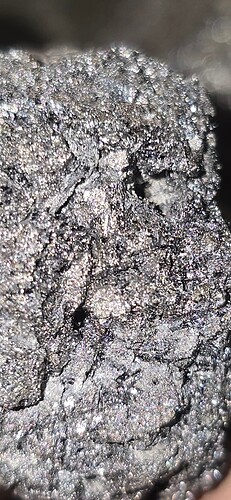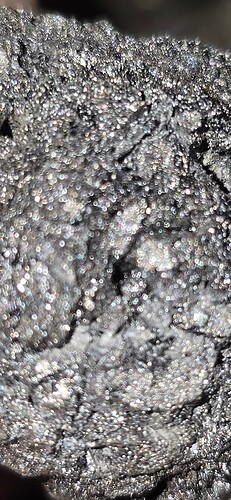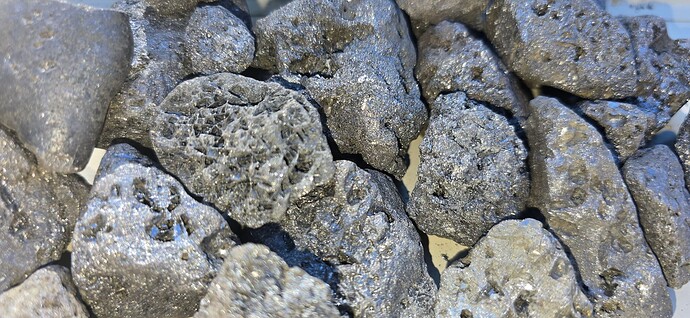Im very confused on these because they are 3.3 density acid doesnt hurt one bit, its not magnetic nor will my metal detector pick anything up from them. Seems that some nuggets are kinda brittle on outer layer with hard centet piece or pieces. Then some nuggets are hard all the way through. I heated red hot with map gas for several min and couldmt melt it nor did it change or tarnish, if anything it made it sparkle more but really no change in appearance and cooled off very quick. It will hold cold temperatures for a long time. Put a piece on a ice cube and it started melting ice at room temp like platnium does but quicky iced over white and seemed to me to be colder then the ice its self. Does anyone have a clue on this because all other look a likes dont match up with all that and all thats left that it could be is diamond or diamond that didnt fully finish the process of going from graphite to diamond or vice versa
Hi Michael,
Pure diamond can be transformed into carbon dioxide gas at temperatures above 1,652F (900C) when sufficient oxygen is present. Graphite will burn above 400C
Using the most common MAP Gas Torch fuel (for example: Bernz-o-matic), you can achieve “in-air” flame temperatures above 3,700F
You might have vaporized any exposed diamond and/or graphite material in those nodules, if sufficient heat and free oxygen was present.
It is really hard to know what that material is or why it behaves the way you observed while thermal stressing them.
Is the 3.3 density a weight measurement or is it the specific gravity?
Where were these found? I seem to recall a conversation of similar material (images) that someone found near a parking lot before it was paved. I don’t remember if that was you or someone else’s topic.
Cheers!
Yes each piece varies from 3.1 to 3.3 and with cheap diamond tester it rings off quick like a regular diamond . Was found in northern Kentucky near border. They were leaveling ground and these where from 1 foot below to top soil. I literally watched them clear the land then was just walking not looking for anything and found
hard to tell from photos… troy’s suggestion does differentiate graphite from impure diamond. IF carbon, it will burn up, diamond or graphite… the nodules will burn out.
Another way is to check hardness… diamond including carbonado is very hard and will scratch everything else. graphite containing diamonds are softer than Moh’s 10… but not by much… ordinary carborundum grinding wheels have a hardness of 9.2 -9.5… impure diamonds will have a similar hardness and resist stratching by carborundum…
The most important differentiating factor is the geology of the area… Diamonds are found only in Kimberlite pipes, the exception being the Argyll mine in Australia where diamond were present in lamproite…The rock matrix HAS to be a kimberlite… I would recommend taking the sample and matrix rock… anything that is soft and crumbly that the specimens were embedded in, to your local rock club, geologist at a community college or university… doubtful that a gemologist could help much without the geological context.
